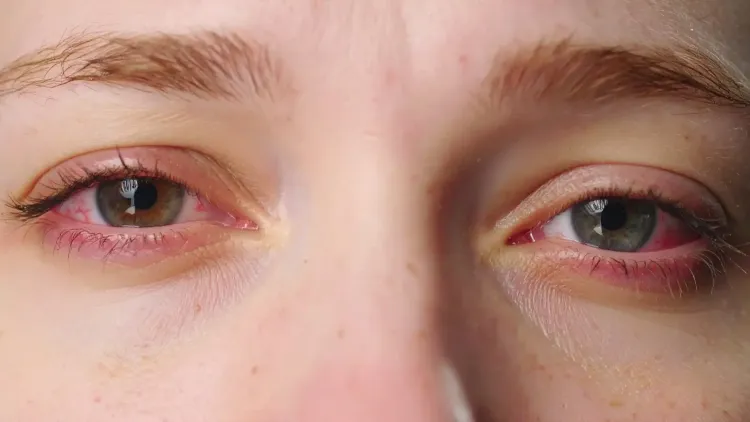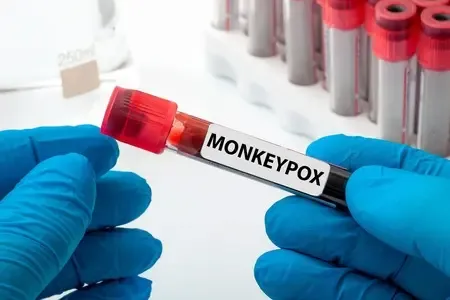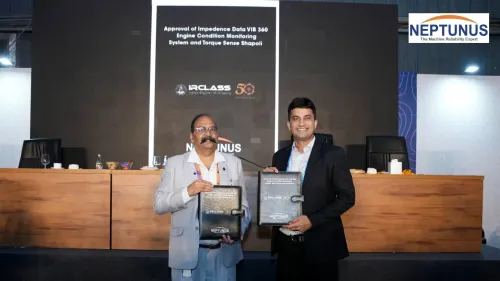Is Delhi Facing a 50% Surge in Eye Problems Due to Smog?

Synopsis
Key Takeaways
- 50% increase in eye-related problems reported.
- Pollution leads to eye allergies and dryness.
- Corneal damage could necessitate transplants.
- Individuals with pre-existing conditions are more vulnerable.
- Protective eyewear and lubricating drops are recommended.
New Delhi, Oct 30 (NationPress) The national capital's ongoing hazardous air quality, coupled with a dense layer of smog enveloping the city, poses a significant risk not only to lung health but also to eye health, according to ophthalmologists on Thursday. They have reported a staggering 50% increase in eye-related issues.
The heavy smog and alarmingly high pollution levels have resulted in a surge of cases involving eye allergies, dryness, burning sensations, and excessive tearing, impacting both adults and children.
Medical professionals assert that the toxic mix of smoke, particulate matter, and chemical residues from firecracker combustion is detrimental not just to the lungs but also to the eyes.
"Should the cornea sustain damage, a corneal transplant may be necessary to restore vision. However, if pollution continues to escalate, we could reach a point where corneal transplants may no longer be effective, as pollution continues to harm the cornea," said Prof. Sudarshan Khokhar, Professor of Ophthalmology at AIIMS, in an interview with IANS, noting that the elderly are particularly at risk since their corneas are often already weakened.
“In recent days, we have observed a roughly 50% rise in patients suffering from dryness, burning sensations, and watery eyes. Many report their eyes feeling gritty or heavy—symptoms that are characteristic of pollution-induced ocular allergies. Even those with no prior issues are experiencing discomfort due to the poor air quality,” added Dr. Rajesh Sinha, Professor of Ophthalmology at the RP Centre, AIIMS.
The expert explained that fine particulate matter (PM2.5 and PM10) suspended in the air can settle on the eye's surface, compromising the tear film and leading to inflammation.
The eyes, being directly exposed to environmental elements, are among the first organs to suffer when pollution levels spike. Pollutants such as nitrogen dioxide, sulfur dioxide, and carbon particles interact with moisture in the eyes, resulting in chemical irritation and inflammation.
“Every year following Diwali, we prepare for an uptick in eye-related complaints. The number of patients presenting with itching, redness, and irritation has surged by nearly 50-60%. We are encountering patients with severe eye allergies, and those already suffering from dry eyes are finding their discomfort exacerbated. The combination of pollution, dust, and chemical exposure is proving to be extremely detrimental to the ocular surface,” remarked Dr. Harbansh Lal, a senior ophthalmologist based in Delhi.
He pointed out that individuals who wear contact lenses and makeup are particularly susceptible, as tiny particles trapped between the lens and the cornea can aggravate inflammation.
Sinha further emphasized that repeated exposure to elevated pollution levels could lead to chronic inflammation and progressive harm to the ocular surface, compromising both comfort and long-term vision.
“Safeguarding your eyes is as crucial as protecting your lungs during this season,” he stated. “Simple measures such as wearing glasses and utilizing lubricating eye drops can significantly alleviate discomfort.”








